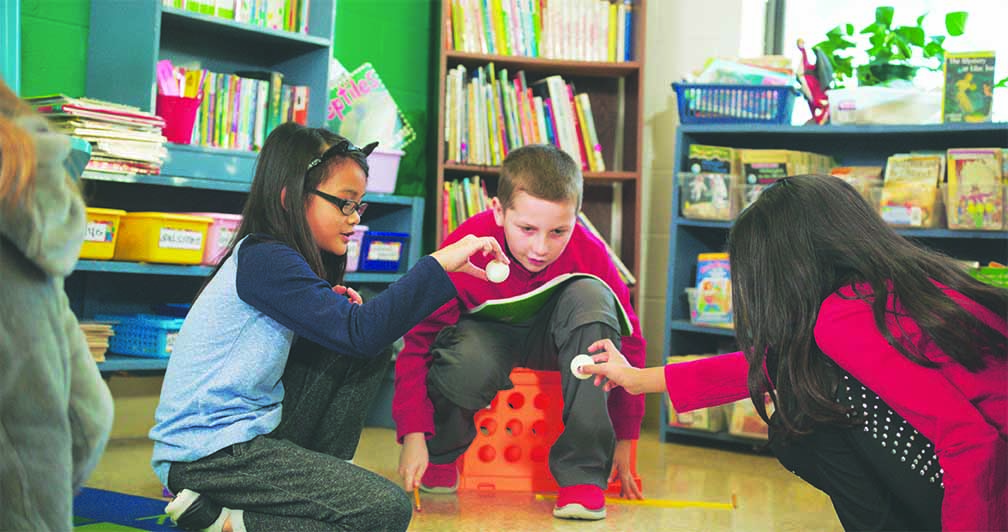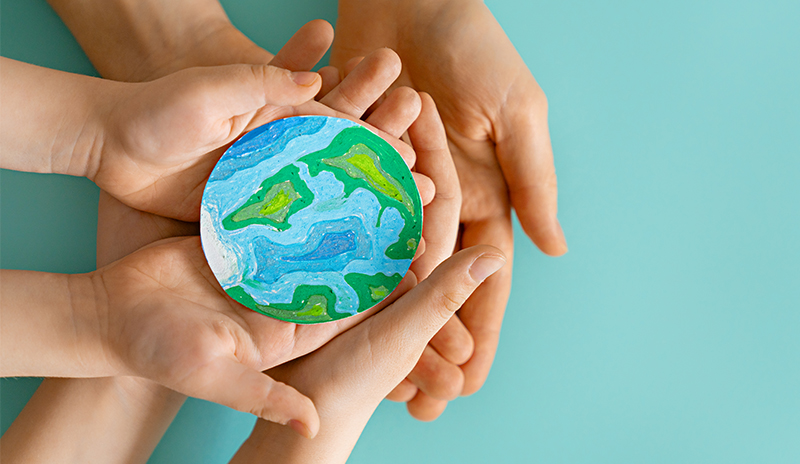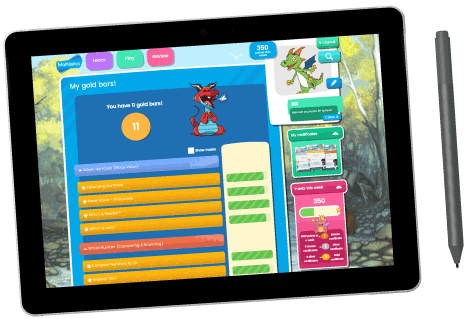
Raise your child to become an inventor
Raise your child to become an inventor
Children of today, are the shining light for a better future that may be marked with scientific achievements and some truly great feats in engineering amongst others. To reach such a future we need our children to think critically about circumstances and problems so that when they do come upon such challenges, they may find a solution and even invent a solution.
An invention is something such as a device or process that has been created or made up, or the process of creating or making up something or figuring out a way to do something. An inventor is someone who invents a particular process or device or who invents things as an occupation. Critical thinking leads to inventions and there are a few action-points that can be undertaken to further the child’s interest in it:

Basic understanding of science:
If your child wants to try and explore a new idea, make sure you help them understand the basics of that particular subject. For example, if they want to create an electrical device, the child needs to have a basic understanding of voltage, currents, electrical circuits, and Ohm’s law. This is easily doable as any browser on the internet has options of explaining even complicated concepts to children in a simple and easy-to-understand way.
Nurture their curiosity:
From a very young age, children are keen to ask questions and have them answered. It is important to nurture their innate curiosity across different subjects. You can nurture them towards scientific and critical thinking just by spending some time with them and trying to answer their questions. Children should never feel hesitant to ask the right questions.
Events around the world:
It is important to talk to our kids about the updates around the world. The Famine in Somalia, The War of Afghanistan, etc. are events that they should know about so they may be aware of the services that can provide to those that need them. This builds a sense of humanity in students as well.
Urge them to experiment:
An important hurdle of any invention is a failure. There may be a lot of times when a child fails at the ‘end result’. However, it is important to let them know that that ‘failure’ is a part of inventing and Edison made 1000 unsuccessful attempts before inventing the light bulb. What is important is never giving up even after you fail. By inculcating this belief in your child, you make them fearless to try new things and hence, make them bold and never afraid to fail and always looking to succeed. That, after all, is the spirit of science.

Contact us
Aid them in materializing their imagination:
An inventor’s biggest challenge is actually building what they spent so long creating in their heads. Help them realize these inventions, even if it means investing in buying resources or purchasing books that facilitate the culmination of the product or innovative discovery. Doing this helps with leadership skills and cooperativeness. Both of these are important life skills.
Carolina, from technical science expertise to business and leadership acumen, have a range of strengths. Their products such as Building Blocks of Science, Microscope Slide Sets, Science Centrifuge, etc. serve schools by helping the children find their footing in the sciences along with creating a safe environment to nurture critical thinking and experimentation to their hearts’ content.
In addition to serving schools, their products have also been used by scientific and health communities in countries like UAE and USA, with cities like Dubai being at the forefront. If you are based in GCC or UAE and wish to learn more about Carolina’s Smithsonian Science syllabus, visit our website, click on the following link:
















Recent Comments